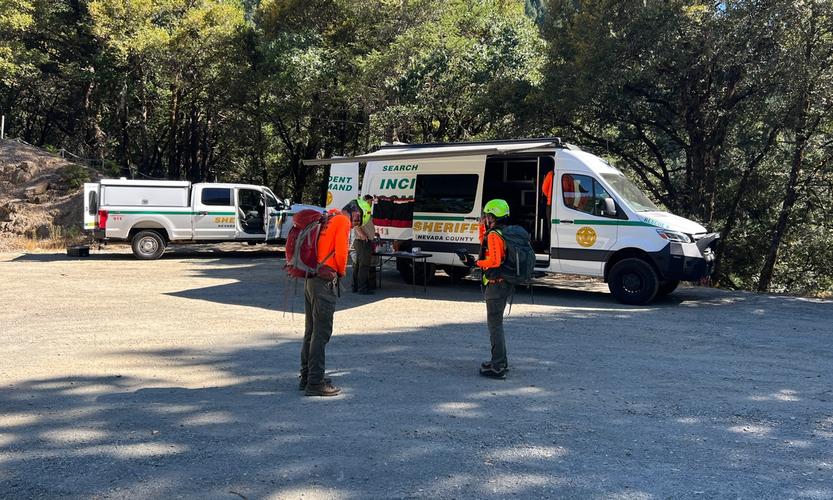International Day for the Eradication of Poverty
October 16, 2025
On October 17 each year, there is an international observance titled the International Day for the Eradication of Poverty. The first such commemoration took place in Paris, France, in 1987 when 100,000 people gathered to honor victims of poverty, hunger, violence, and fear. In 1992, the United Nations adopted Resolution 47/196 to declare the observance and date. At the time of the 2023 observance, UN Secretary-General António Guterres said, “In our world of plenty, poverty has no place.”
The theme for this year’s observance is “Ending social and institutional maltreatment by ensuring respect and effective support for families.” About the theme, Mr. Guterres says, “Poverty is not a personal failure; it is a systemic failure — a denial of dignity and human rights.” This year’s theme underscores that ending poverty is about dignity, justice, and belonging — not just about income. According to the UN website, “Families in poverty often face stigma and punitive practices in places meant to help: schools, clinics, welfare offices, and child protection systems. Single mothers, Indigenous families, and historically discriminated groups report judgment and control that erode trust and agency, sometimes culminating in poverty-driven family separation with lasting emotional and social harm to children and parents.” To change course, the UN urges three shifts:
From control to care: Design services that start with trust. Reduce punitive conditionalities, streamline documentation, and prioritize respectful, person-centered interactions.
From surveillance to support: Rebalance investments away from monitoring and removal toward family-strengthening services: income support, quality childcare, adequate housing, mental health care, parenting support, and access to justice.
From top-down to co-created solutions: Involve families living in poverty at every stage —assessment, design, budgeting, delivery, and evaluation—so policies reflect real needs and constraints.
So, what do we know about poverty? What is it? How is it defined? How is it determined? There are two measures of poverty: absolute; and, relative. Absolute poverty compares income against the amount needed to meet basic personal needs, such as food, water, clothing, and shelter. Relative poverty measures when a person cannot meet a minimum standard of living, compared to other people in the same time and place. Both, of course, vary from country to country, and from one society to another.
In the United States, the official method for calculating poverty levels was developed in the 1960s, and has not been refined substantially since then. Annually, the U.S. Department of Health and Human Services has the responsibility for updating the poverty threshold levels, which are then made available on the U.S. Census Bureau website. These levels are used by many governmental and non-governmental agencies to determine eligibility. So, for 2025, the annual income level below which an individual or family would be considered to be in poverty, in the contiguous 48 states and the District of Columbia, are: for a family of 1, $15,650; family of 2, $21,150; family of 3, $26,650; family of 4, $32,150; family of 5, $37,650; family of 6, $43,150; family of 7, $48,650; family of 8, $54,150; family of 8+, add $5,500 for each extra person. (You can find all the numbers at https://tinyurl.com/5n6sf53f.)
According to the Organization for Economic Cooperation and Development, the United States has the highest poverty rate among the world’s 26 most developed countries. The United Nations Children’s Fund (UNICEF) ranks the U.S. second behind Mexico on a scale of what economists call “relative child poverty,” when measured against 35 of the world’s richest nations. According to the U.S. Census Bureau, the official poverty measure in 2024 stood at 10.6% of the population = 35.9 million people; the supplemental poverty measure was 12.9% = 40.9 million people. The official poverty measure defines poverty by comparing pre-tax income to a national poverty threshold adjusted by family composition. The supplemental poverty measure extends the official measure by accounting for several government programs that are designed to assist low-income families, but are not included in the official measure calculations.
A few concluding words by others about poverty. Aristotle: “Poverty is the parent of revolution and crime.” Franklin D. Roosevelt: “The test of our progress is not whether we add more to the abundance of those who have much; it is whether we provide enough for those who have too little.” Marian Anderson: “No matter how big a nation is, it is no stronger than its weakest people.”
Featured Articles

Sheriff’s Office Accepts $60,000 Grant for New Search and Rescue Team →
December 2, 2025
Sierra County to enhance emergency response with grant-funded search and rescue team initiative.
Confusion Surrounds Release of the Plumas County Grand Jury’s Report →
December 4, 2025
WCB Considers Grant for Sierra Valley Tribal Land Purchase →
Updated November 22, 2025
Downieville Fire Auxiliary Hosts Annual “Holiday on Main” Event Saturday →
December 2, 2025
Flood Forces Temporary Closure of Sierra Hardware →
December 3, 2025